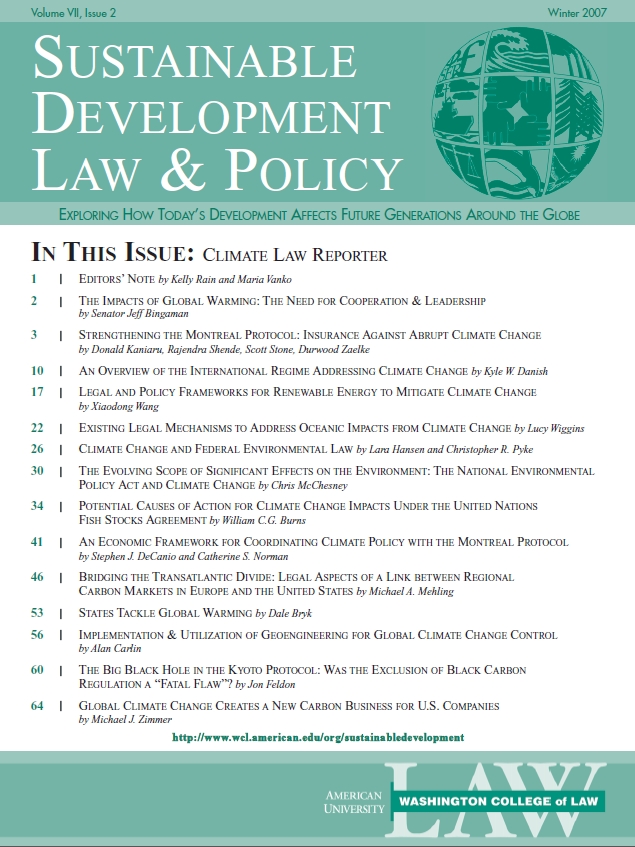Linking emissions trading schemes has attracted interest as a means of reducing costs and expanding market size and liquidity. A number of studies have explored the compatibility of schemes, although little attention has been devoted to the implementation of links. In an article published in the peer-reviewed journal Climate Policy, Michael Mehling, President of the Ecologic Institute in Washington DC, and Erik Haites, former IPCC lead author, identify mechanisms required for the establishment and operation of a trading link over time.
Most trading schemes provide for unilateral recognition of certified emission reductions (CERs) and occasionally other units. Restrictions on the types of units and the quantity that can be used are common. Unilateral links can be implemented through adoption of a schedule that lists the units accepted together with limits on, and adjustments to, imported units.
Only a bilateral link yields the full benefits of linking trading schemes. No bilateral links have been established yet, but the number of schemes interested in such links is growing. Implementing such a link through a binding agreement affords participants considerable certainty. However, it entails cumbersome adoption procedures as well as legal and procedural constraints. Reciprocal unilateral links, possibly accompanied by an informal agreement, are easier to implement and offer more flexibility. Economic benefits will not differ significantly from a bilateral linking agreement.




